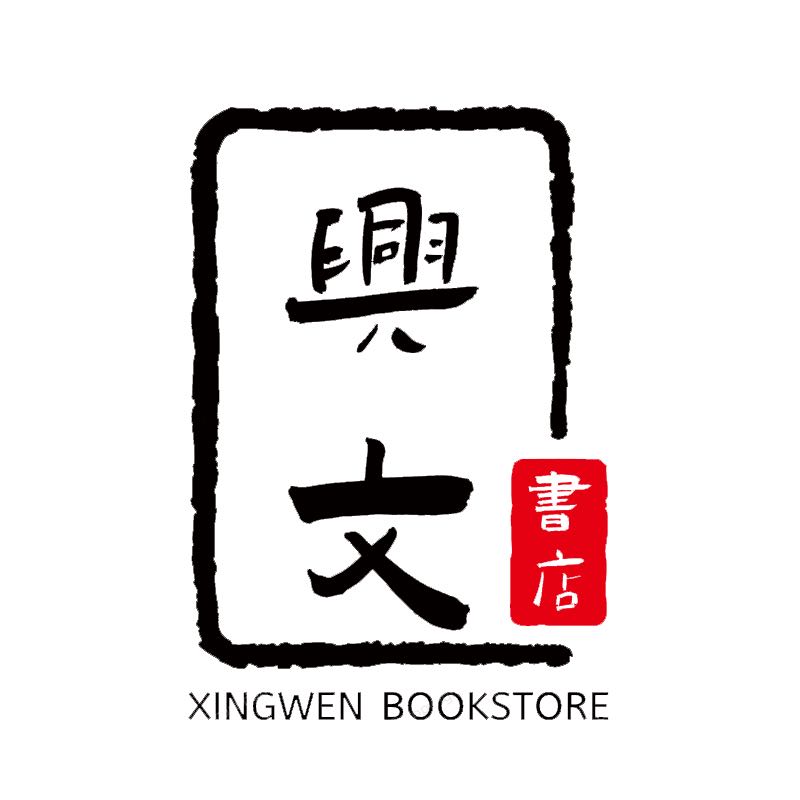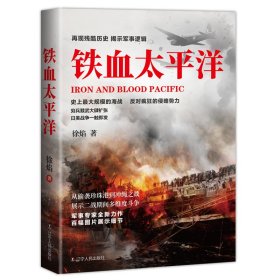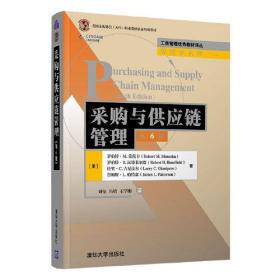
采购与供应链管理 第6版(英文版)
正版保障 假一赔十 可开发票
¥ 82.69 8.4折 ¥ 99 全新
库存6件
作者[美]罗伯特·M.蒙茨卡、罗伯特·B.汉德菲尔德、拉里·C.吉尼皮尔、詹姆斯·L
出版社清华大学出版社
ISBN9787302571148
出版时间2021-01
装帧平装
开本16开
定价99元
货号29191220
上书时间2024-10-20
- 最新上架
商品详情
- 品相描述:全新
- 商品描述
-
前言
The Sixth Edition of Purchasing and Supply Chain Management reflects the ever- changing face of supply management and the increased recognition in boardrooms of organizations across every industry. The challenges experienced by organizations are calling for a new type of supply manager with many different capabilities. Students seek- ing to pursue a career in supply management may choose to focus on one or more of these areas as they consider where in supply management they wish to focus.
? Internal Consultant—Ability to connect, listen, and deliver business value to in- ternal stakeholders. Building a strong P2P system to drive improved procurement transaction excellence and driving results that matter to the business.
? Market Intelligence & Cost Modeling Analytics—Deployment of total cost analytic modeling and cost to serve capabilities, application of analytical cost modeling approaches for decision support, and building supply market intelli- gence data gathering and knowledge dissemination capabilities. Deep knowledge and understanding of macro economic forces and ability to relate them to future market movements and forecasts.
? Financial Acumen—Knowledge of currency, capital markets, and contribution of procurement to P&L and balance sheet. Ability to contribute to CFO and other financial leadership discussions and debates. Ability to build logistics cost mod- els, understand contribution of supply management to capitalization, facility productivity, and other key metrics.
? Risk Mitigation—Knowledge of different sources of risk, ability to build risk pro- files, link recognition of risks to risk mitigation and scenario planning, and un- derstanding how to manage disasters when they occur. Building a business case for risk mitigation planning.
? Supplier Coach—Ability to deploy supplier development to drive improvement in high-need categories or regions, especially in emerging countries where local content is required. Becoming a customer of choice and driving improvement in supplier capabilities. Harnessing supplier innovation and developing solutions to stakeholder requirements.
? Relationship Broker—Managing teams in multicultural environments, managing virtual teams, and understanding pros and cons of different organizational mod- els (centralization vs. decentralization). Working with global engineering teams and understanding of technical knowledge. Managing outsourced relationships and services. Driving supplier innovation and linking to internal teams.
? Legal Expertise—Building relational contracts, understanding legal contractual language, terms and conditions, legal clauses, and vernacular. Building good price and cost modeling indices for contracting, and managing risks and rewards through improved contract structure. Best practices in on-going contract man- agement. Managing conflicts that emerge post-contract signing. Dealing with IP issues when working with suppliers.
? Talent Management—Building a pipeline of leadership and supply management expertise, mentoring, and leadership development.
The Sixth Edition emphasizes these competencies through new material and emphasis on traditional competencies that have become more important recently. This new edition
导语摘要本书对供应链这一关键领域进行了全方位的深入介绍。尤其值得指出的是,作者结合自身多年的经验和研究成果,从管理视角探讨了有效管理整合供应链框架下的采购职能。本书分为五大部分:采购与供应链管理导论,采购运作与结构,战略采购,战略采购流程,关键的供应链要素。书中给出了丰富的实际案例,涉及多个行业。本书可用做高校教材,也中作为企业管理人员的参考书和培训用书。
作者简介罗伯特?B.蒙茨卡(Robert M. Monczka,):亚利桑那州立大学杰出供应链管理教授,密歇根州立大学供应链管理学教授。他还担任CAPS研究机构的战略采购和供应链战略研究主任。
目录Preface xix
About the Authors xxvi
Part 1 Introduction 1Chapter 1 Introduction to Purchasing and Supply Chain Management 3
Introduction 6
A New Competitive Environment 7
Why Purchasing Is Important 8
Increasing Value and Savings 8
Building Relationships and Driving Innovation 8 Improving Quality and Reputation 9
Reducing Time to Market 10 Managing Supplier Risk 10 Generating Economic Impact 10
Contributing to Competitive Advantage 10 Understanding the Language of Purchasing and Supply Chain Management 11
Purchasing and Supply Management 11 Supply Chains and Value Chains 13 Supply Chains Illustrated 14
Achieving Purchasing and Supply Chain Benefits 17 The Supply Chain Umbrella-Management Activities 18
Purchasing 18
Inbound Transportation 18
Quality Control 18
Demand and Supply Planning 19
Receiving, Materials Handling, and Storage 19 Materials or Inventory Control 19
Order Processing 19
Production Planning, Scheduling, and Control 19 Shipping/Warehousing/Distribution 20
Outbound Transportation 20
Customer Service 20
Four Enablers of Purchasing and Supply Chain Management 20
Capable Human Resources 20 Proper Organizational Design 22
Real-Time Collaborative Technology Capabilities 22 Right Measures and Measurement Systems 23
The Evolution of Purchasing and Supply Chain Management 24
Period 1: The Early Years (1850–1900) 24
vi
Period 2: Growth of Purchasing Fundamentals (1900–1939) 25
Period 3: The War Years (1940–1946) 25
Period 4: The Quiet Years (1947–Mid-1960s) 25
Period 5: Materials Management Comes of Age (Mid-1960s– Late 1970s) 26
Period 6: The Global Era (Late 1970s–1999) 27
Period 7: Integrated Supply Chain Management (The Twenty- First Century) 27
Looking Ahead 28
Part 2 Purchasing Operations and Structure 37Chapter 2 The Purchasing Process 39
Introduction 41
Purchasing Objectives 42
Objective 1: Supply Assurance 42
Objective 2: Manage the Sourcing Process Efficiently and Effectively 43
Objective 3: Supplier Performance Management 43 Objective 4: Develop Aligned Goals with Internal Stakeholders 44
Objective 5: Develop Integrated Supply Strategies That Support Business Goals and Objectives 44
Strategic Supply Management Roles and Responsibilities 45
Spend Analysis 46
Demand Management and Specifications/SOW’s 46 Category Management and Supplier Evaluation/Selection 47 Contract Management 48
Cost Management 48
Managing the Procure-to-Pay Process 49 Supplier Relationship Management 49 Establish a Supply Management Strategy 50
Improving the Procure-to-Pay Process 51 Forecast and Plan Requirement 54 Needs Clarification: Requisitioning 55
Purchase Requisitions/Statement of Work 55 Traveling Purchase Requisitions/Bar Codes 57 Forecasts and Customer Orders 58
Reorder Point System 58 Stock Checks 59
Cross-Functional Sourcing Teams 60 Description 61
Supplier Identification and Selection 62 Bidding or Negotiating? 62
Request for Quotation 64 Specifications or Blueprints 64 Evaluate Suppliers 64
Approval, Contract, and Purchase Order Preparation 65
Purchase Order 65
Blanket Purchase Order 68 Material Purchase Release 68 Receipt and Inspection 70 Material Packing Slip 71
Bill of Lading 71
Receiving Discrepancy Report 72 Invoice Settlement and Payment 72 Records Maintenance 72
Continuously Measure and Manage Supplier Performance 72 Reengineering the Procure-to-Pay Process 73
Types of Purchases 73
Raw Materials 74
Semifinished Products and Components 74 Production Support Items 75
Services 75
Capital Equipment 75
Transportation and Third-Party Purchasing 76 Improving the Purchasing Process 76
Online Requisitioning Systems from Users to Purchasing 77 Procurement Cards Issued to Users 77
Electronic Purchasing Commerce through the Internet 78 Longer-Term Purchase Agreements 78
Cloud-Based Ordering Systems 78 Purchasing Process Redesign 79 Electronic Data Interchange 81
Online Ordering through Electronic Catalogs 81 Allowing Users to Contact Suppliers Directly 81Chapter 3 Purchasing Policy and Procedures 86 Introduction 88
Policy Overview 88
What Are the Advantages and Disadvantages of Policies? 88 What Makes for an Effective Policy? 89
Purchasing Policies—Providing Guidance and Direction 90
Policies Defining the Role of Purchasing 90
Policies Defining the Conduct of Purchasing Personnel 92 Policies Defining Social and Minority Business Objectives 92 Corporate Social Responsibility 98
Policies Defining Buyer-Seller Relationships 99
Other Policies Dealing with Buyer-Seller Relations 101 Policies Defining Operational Issues 101
Purchasing Procedures 104
Purchasing Procedural Areas 106Chapter 4 Supply Management Integration for Competitive Advantage 114 Introduction 117
Integration: What Is It? 119 Internal Integration 120
Supply Management Internal Linkages 121
External Integration 125
Supply Management’s External Linkages 126 Collaborative Buyer-Seller Relationships 126 Advantages of Closer Buyer-Seller Relationships 127 Obstacles to Closer Buyer-Seller Relationships 128
Critical Elements for Supplier Relationship Management 128
The Critical Role of Cross-Functional Sourcing Teams 130 Benefits Sought from the Cross-Functional Team Approach 132
Potential Drawbacks to the Cross-Functional Team Approach 134
When to Form a Cross-Functional Team 134 Improving Sourcing Team Effectiveness 135
Integrating Supply Management, Engineering, and Suppliers to Develop New Products and Services 140
Common Themes of Successful Supplier Integration Efforts 140
Supplier Integration into Customer Order Fulfillment 146 Supplier Suggestion Programs 146
Buy
相关推荐
— 没有更多了 —



























以下为对购买帮助不大的评价